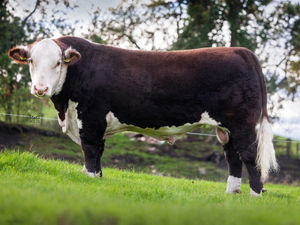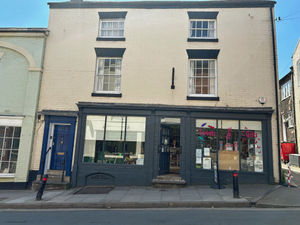Shropshire farm given green light to build state-of-the-art facilities
A farm has been granted permission to build state-of-the-art facilities at its Little Wenlock dairy site, and plans to achieve certified organic status.
Ten new barns are to be built at Lydebrook Farm and some existing buildings will be extended or modified to house cows, automated milking machines and a visitor reception.
Brockton House Farm Ltd, the Telford-area company that runs the farm, says the cutting-edge robotic technology will make it will be the first site of its kind in the UK, and it will host visits from schools, colleges and universities.
Telford and Wrekin Council’s planning department notified BHFL of the approval last week, nearly a year after the proposal was first submitted.
A design statement was submitted by agent David Haston on behalf of Ross and Tamara Pickstock from BHFL. It says the Shifnal-based company bought Lydebrook Farm and the neighbouring Lower Coalmoor Farm in April 2015.
“BHFL proposes to reinstate a dairy enterprise, operating a new high-welfare unit at Lydebrook Farm which will accommodate up to 500 Jersey dairy cows together with some of their progeny,” Mr Haston writes.
“It is intended that the farmland will, in due course, be converted to organic status and the dairy unit would be operated as an organic unit following certification.”
He adds that the company want to operate a “state-of-the-art unit combining modern methods of production using cutting-edge robotics and other technologies”.
The site will include automated milking machines, which give cows 'total freedom to visit at any time of day or night and as often as they wish'.
Mr Haston adds: “The system provides excellent animal welfare benefits and produces more content and stress-free animals.
“Once established, this will be the first dairy unit of its type in the UK and is something which BHFL proposes to demonstrate and promote to others in the UK dairy industry, academia and the wider public.”
In addition to the 4,800-square-metre milking barns, eight smaller buildings will be constructed for newborn calves and “dry cows”, who are not producing milk prior to calving.
Existing buildings will be modified or extended, and storage for milk, feed and manure will also be provided.





